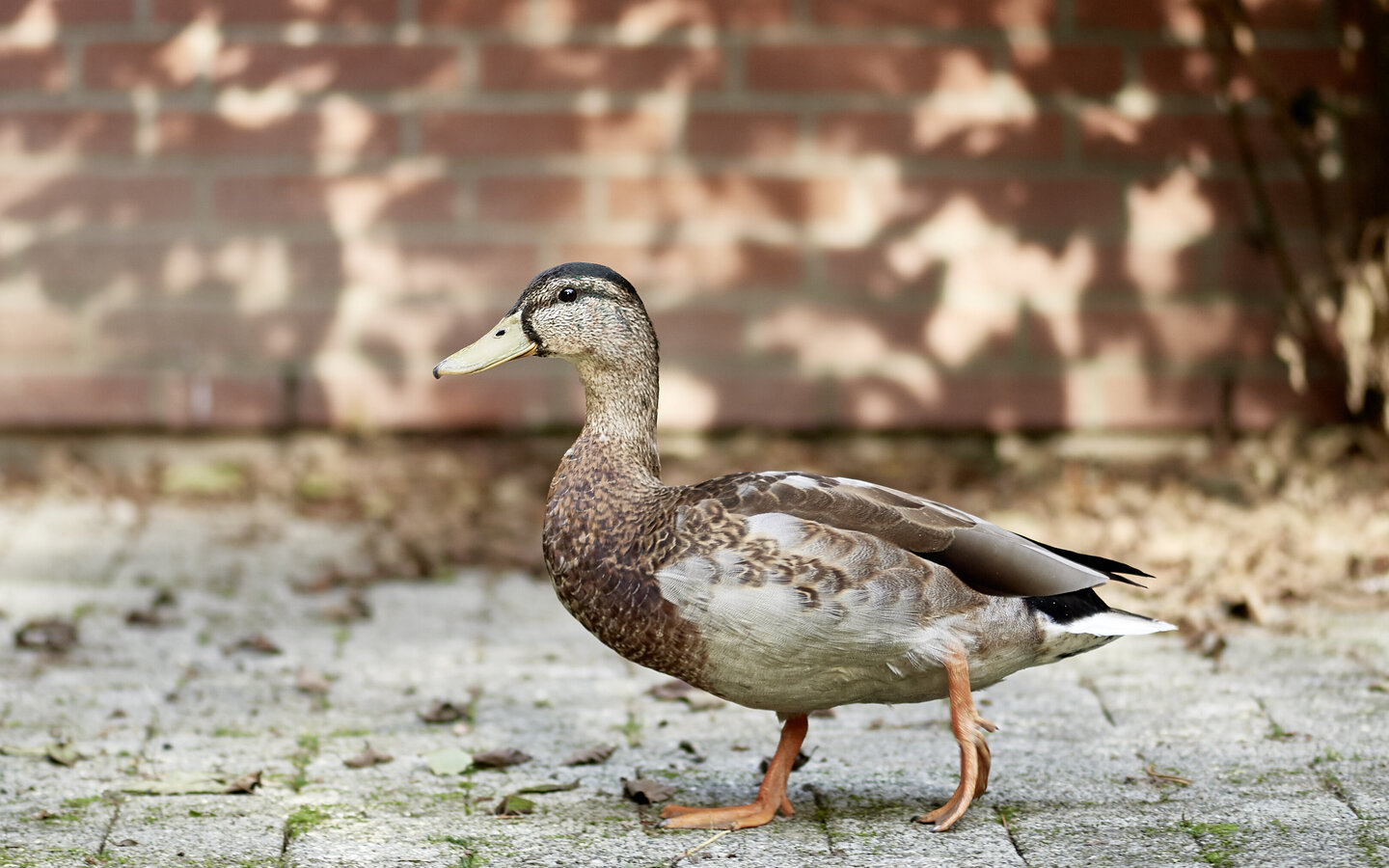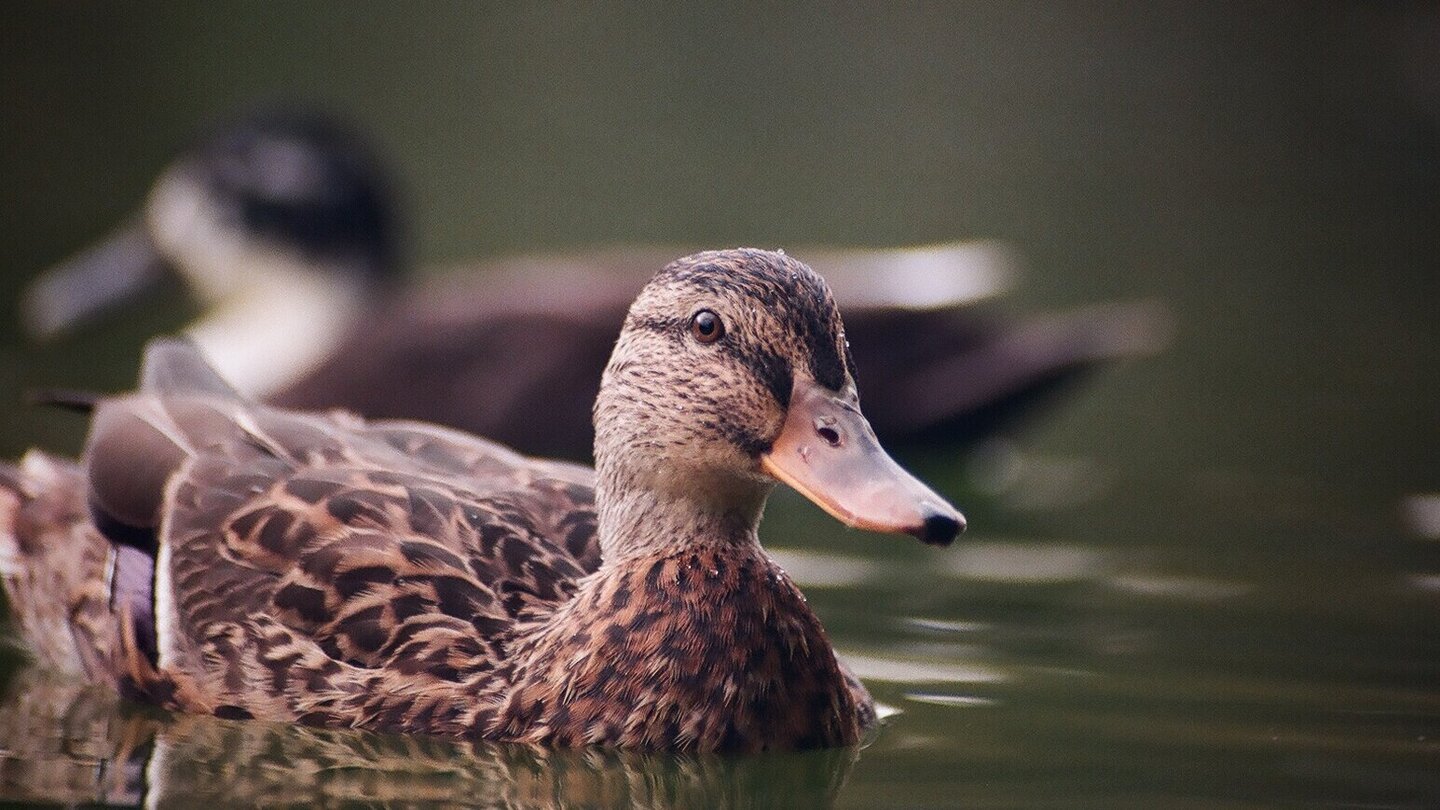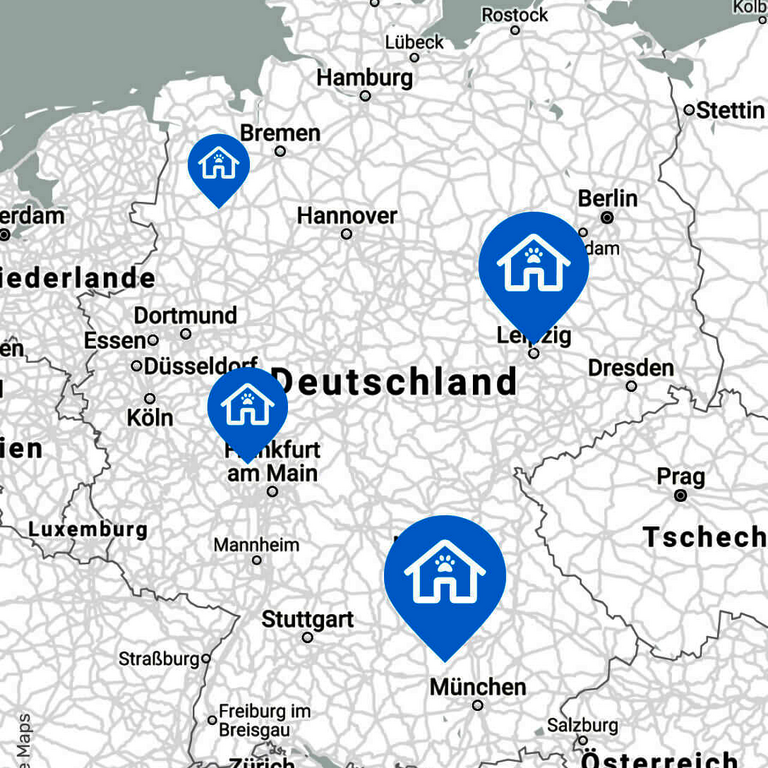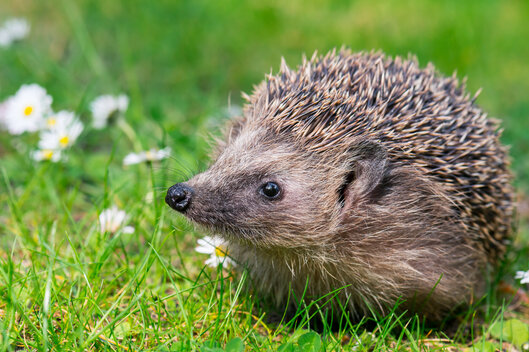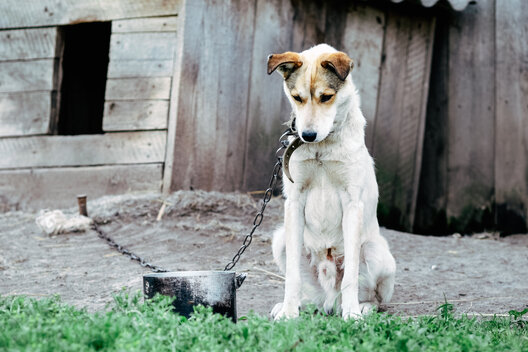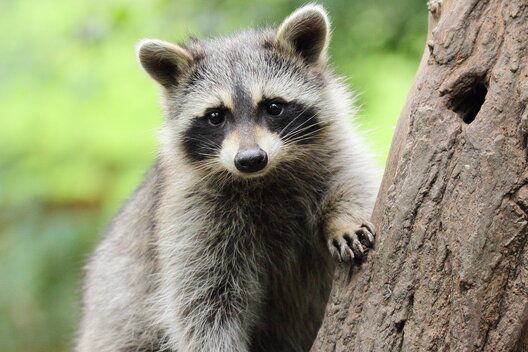What duck families need by natureWhy you must not feed ducks
Ducks are at home in our midst, along streams and in parks as well as on village ponds. Many people love to feed the waterfowl. But this can even be fatal for the animals. This also applies to falling from a balcony when ducks are nesting there.
BREAD CAN BE DEADLY FOR DUCKS
Ducks, like other waterfowl, find plenty of food in the wild. Nevertheless, many families still like to feed the animals together. That's how we remember it from our childhood. But feeding ducks, especially with bread or seasoned food, does them more harm than good.
- Bread and rolls lead to digestive problems. In addition to raising agents, they contain too much sugar, salt and sometimes even mold. The bread swells up in the stomach and throat of ducks, as it does in swans and geese. They can even die as a result.
- Chicks and small birds can easily choke on large pieces of bread.
- When the animals get used to being fed bread, they give up their natural food. This is neither healthy for digestion nor for the supply of nutrients.
- In addition, crumbs that are left lying around spoil quickly. They then pollute parks, meadows and bodies of water or attract other animals¹.
Feeding changes the natural behavior of ducks
In places where people regularly feed the ducks, the parents teach their chicks to beg for food. They lose their natural shyness and put themselves in danger. Because if they do not avoid dogs, children and vehicles quickly enough, they could be injured or killed. If ducks are repeatedly fed in the same places, more waterfowl gather there. The animals become stressed and soil the surrounding areas more with droppings.
Instead of bread, ducks eat water plants and frogs
"Heads in the water, tails up" is the order of the day for ducks in order to reach aquatic plants below the surface. Ducks also eat frogs, frogspawn, tadpoles, snails, worms and small fish. On land, other plants, seeds, berries and fruit are also on their menu. They can often be observed in pairs. The pairs usually come together every year to form so-called seasonal marriages. The drake leaves the female as soon as she has laid the eggs. She broods and raises the chicks alone.
How to prevent ducks from nesting in your home
Ducks sometimes choose unusual places to breed. Mallards in particular breed in parks and gardens between March and July. Walkers should keep their distance and keep dogs on a lead. Some ducks even nest on terraces and balconies. When the young hatch, however, it is often much more difficult for them to reach a body of water from there. You can prevent nesting by entering your balcony as often as possible if you notice that ducks are interested in it. Keep rearranging furniture and plants. Then the animals will not recognize them as possible cover.
Ducks breeding on the balcony: keep your distance
If ducks are breeding on your balcony or terrace, you should try not to disturb them. Once the chicks have hatched, help the duck family to get to the nearest body of water as quickly as possible. It is best to seek advice from experts beforehand. This is because young ducks are so-called nest fugitives and leave the nest after just six to twelve hours. Place boards at an angle on a terrace or low balcony as a ramp. From higher balconies, you would have to rope the young down in a basket or carry them into the garden in a cardboard box. Make sure that the youngsters do not fall off the balcony and do not fall into drains, manholes or other traps. Put them down in the garden and wait until the mother appears and leads her young to the nearest body of water. If the route there is too dangerous for the duck family, it is best to contact the police, the local animal welfare organization, the local branch of a nature conservation association or a bird care station.

